Indian Creek Zoo’s Friendly Tour Guide
Meet our dog Arrow who loves to greet our zoo visitors. Look for her as you make your way around the zoo!
2025 Animals on Exhibit: wolves, camels, wallabies, kangaroos, white-tail deer, fallow deer, ducks, geese, ostriches, capybara, ring-tailed lemurs, red-ruffed lemurs, goats, sloths, spider monkeys, macaws, alligators, bobcat, reindeer, macaque monkey, great horned owl, toucans, hornbills, red-tailed hawks, marmoset monkeys, Ayam Cemani chickens, Dexter cows, armadillos, hedgehogs, raven, frill-back pigeons, continental giant rabbits, pigs, peacocks, black bears, axolotls, donkeys, armadillos, snakes and the aviary. Otters on exhibit coming soon.
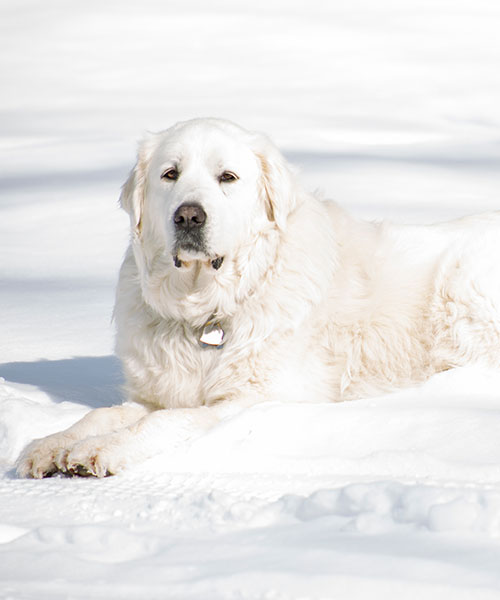
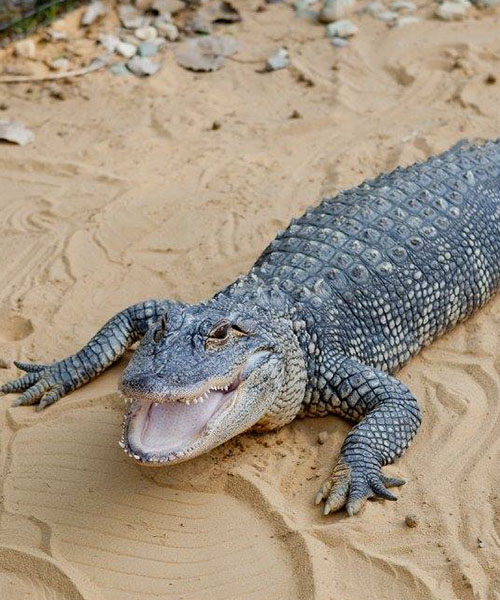
Alligator mississippiensis
Alligators are great swimmers, they are equipped with webbed feet and strong tails that propel them through the water. An average male American alligator is 10 to 15 feet long. Half of its length is its massive, strong tail.
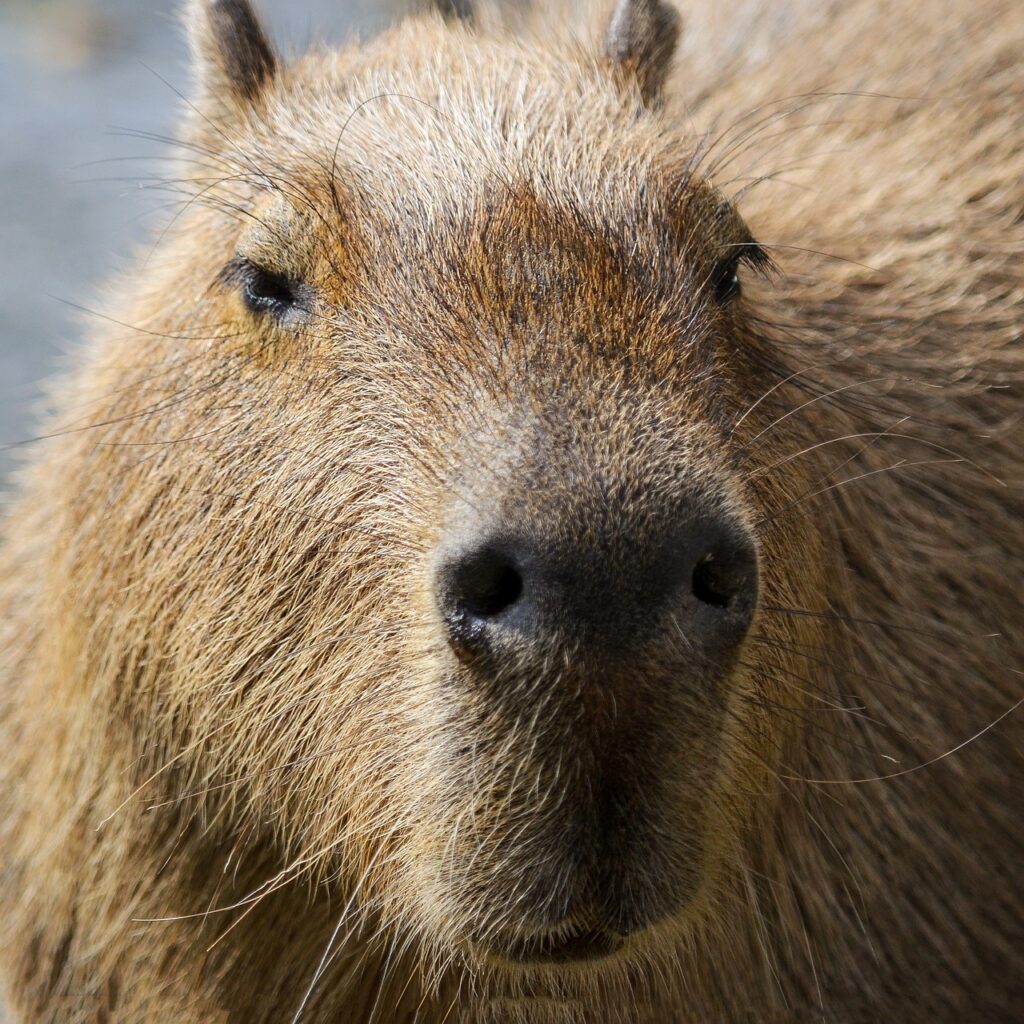
Hydrochoerus hydrochaeris
The capybara or greater capybara is a giant cavy rodent native to South America. It is the largest living rodent and a member of the genus Hydrochoerus. The only other extant member is the lesser capybara.
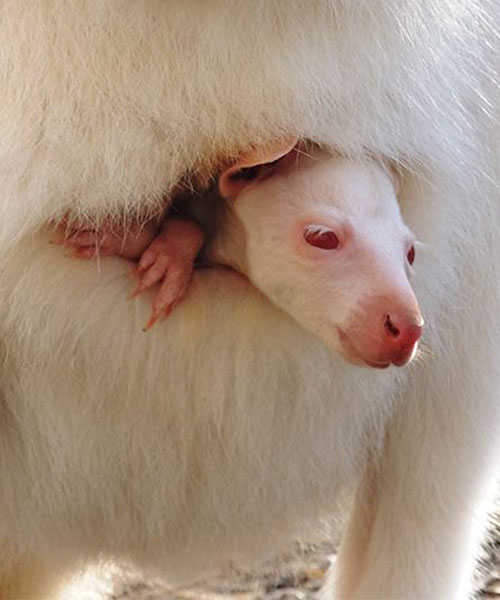
Macropus rufogriseus
The Bennett’s or Red-Necked Wallabies are common in eastern Australia. A small population of albino Bennett’s wallabies live on Bruny Island, off the southeast coast of Tasmania.
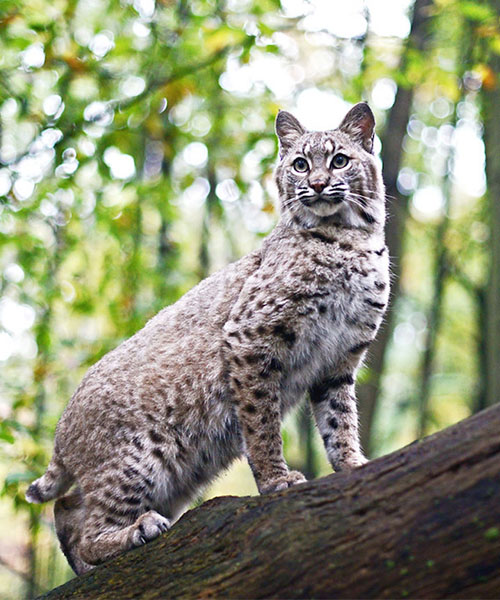
Lynx rufus
The Bobcat is territorial and largely solitary. It ranges from southern Canada to central Mexico, including most of the continental United States.
Bobcats have an average top speed of 34 mph. They are also known to be able to jump as high as 12 feet!
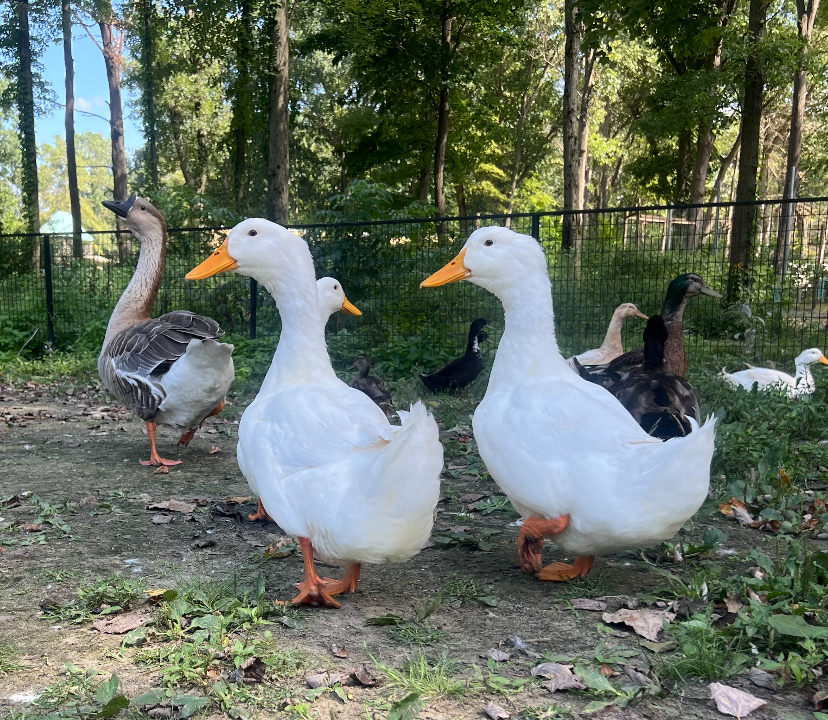
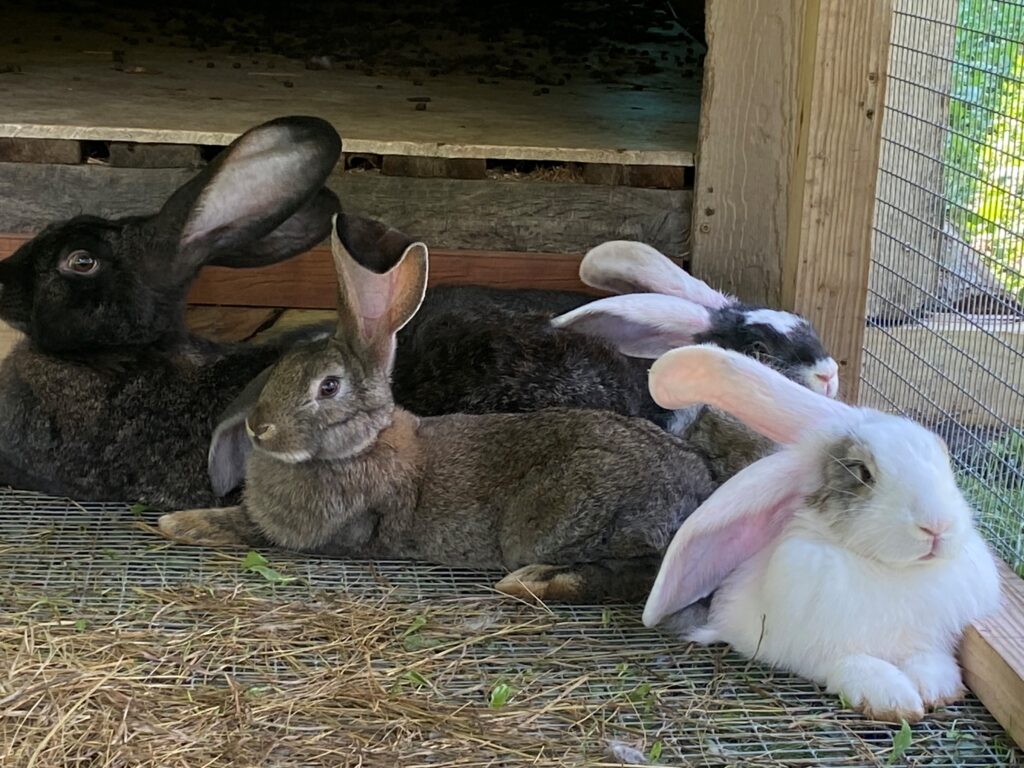
The Continental Giant, also known as the German Giant, is a very large breed of rabbit. On average, they weigh around 25 lbs and are approximately 3 feet in length.
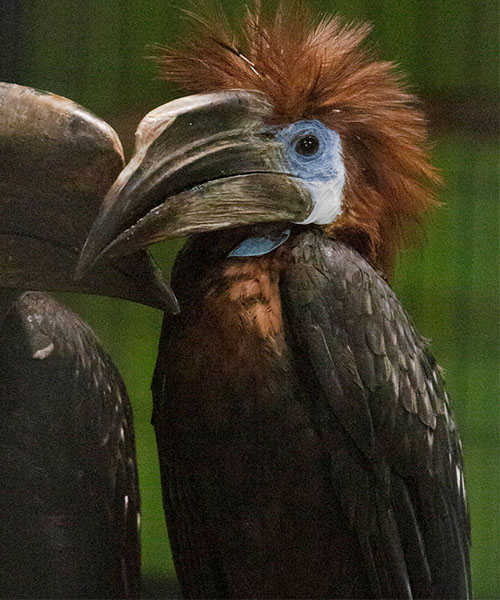
Ceratogymna atrata
The Black Casqued Hornbill lives in Sub-Saharan Africa. These birds make their nests in holes high up in the trees, sometimes more than 66 feet above the ground. The weight of a hornbill’s casque and bill are so heavy that their first two neck vertebrae are fused to support the weight.
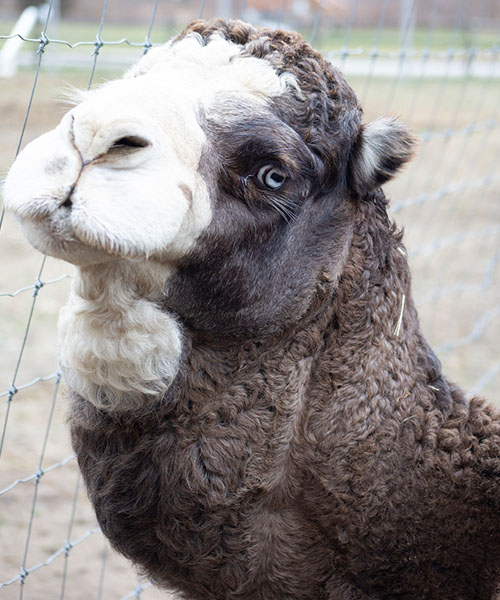
Camelus dromedarius
The dromedary is the tallest of the camel species. They have a single hump, sharp vision and a great sense of smell. Compared to the Bactrian camel, the dromedary has a lighter build, longer limbs, and a greater height at the shoulder. (Remy, our paint camel pictured here)
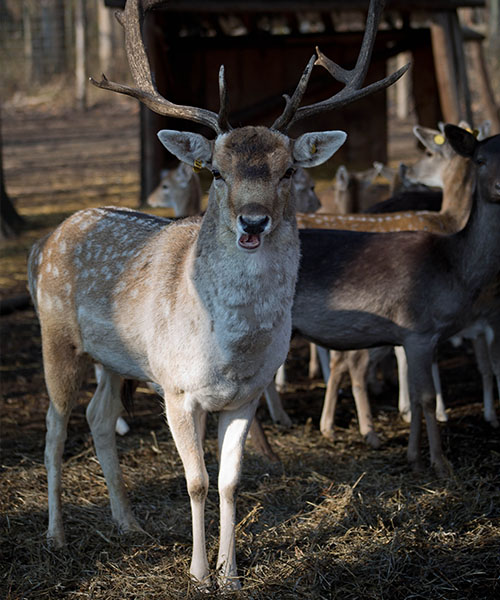
Dama dama
Fallow Deer are common throughout Europe. The call of the Fallow deer is called “groaning,” and it sounds a lot like burping.
Fallow deer have four main variations of coat Common (tan/fawn), Menil (paler colouration), Melanistic (black) and White.
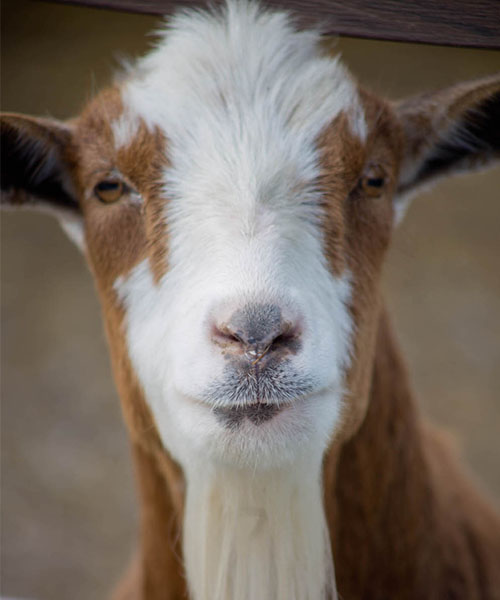
Capra aegagrus hircus
Small goats with a short, straight coat in a wide variety of black, white, brown, red and gold color patterns. Average adult weight is 40 to 60 pounds, length is 24 to 30 inches, and height is 16 to 20 inches (males can stand up to 23 inches).
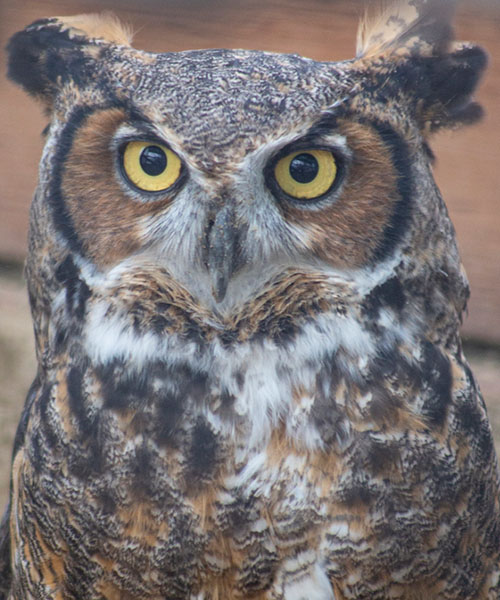
Bubo virginianus
The Great Horned Owl is one of the largest owls in North and South American. They are most active at night and like to rest in coniferous trees during the day. A Great Horned owl’s strong talons require a force of 28 pounds to open.
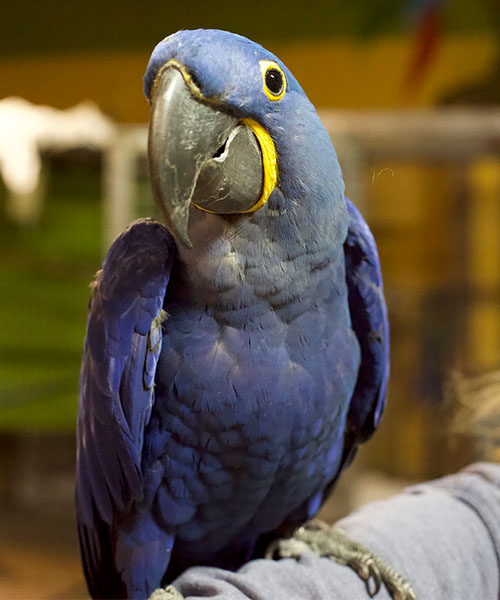
Anodorhynchus hyacinthinus
Hyacinth macaws are one of the largest species of parrots. They live in Southern Brazil and Western Bolivia. Macaws typically mate for life.
They can mimic human speech and use specific clicks to communicate with each other.
They can reach flight speeds of up to 35 mph.
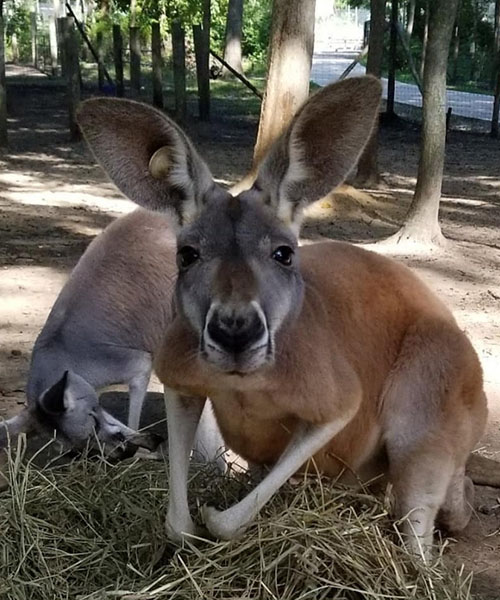
Macropodidae
These marsupials from Australia are herbivores that are powerful kickers and can jump up to 30 feet high depending on the specific species.
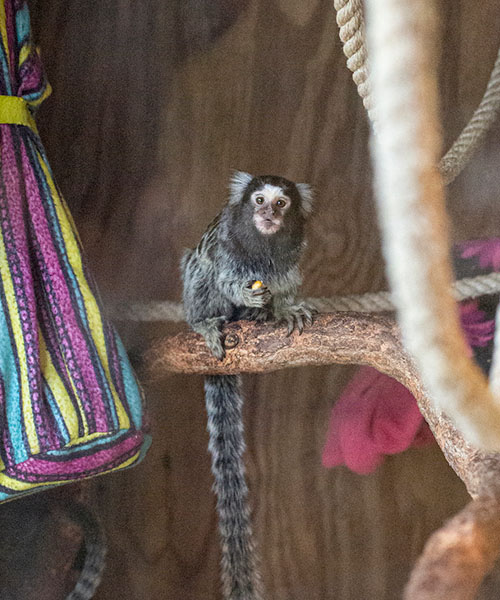
Callithrix jacchus
The common marmoset, also called white-tufted marmoset or white-tufted-ear marmoset, is a New World monkey. The Common Marmoset is native to northeastern Brazil, but has been introduced into many areas outside of its natural range. Height: 15-25cm (excluding tail) weight: 250-550g.
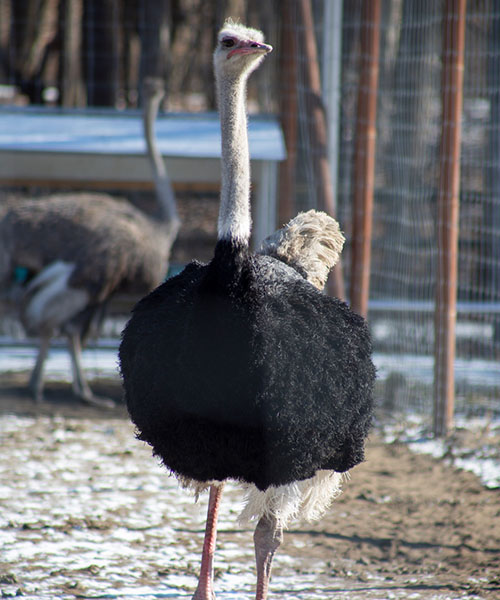
Struthio camelus
Well known as one of the very species of large flightless birds native to Africa. As the largest bird species, the Ostrich lays the largest eggs of any bird. Their acute sense of hearing and vision allows them to spot predators from far distances.
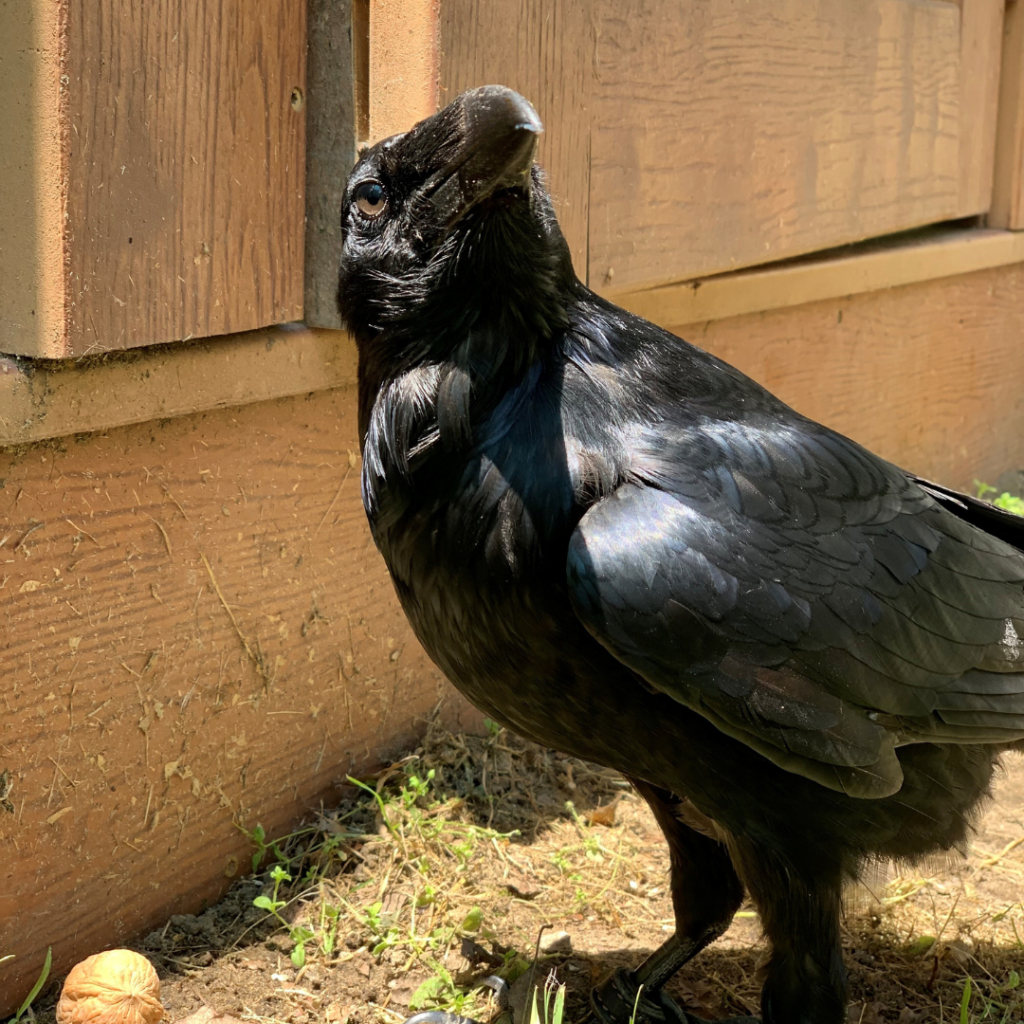
Common Raven
The common raven (Corvus corax) is a large, black bird with a thick neck, shaggy throat feathers, and a long, thick beak.
Ravens are highly intelligent and can solve problems creatively. They can also remember human faces.
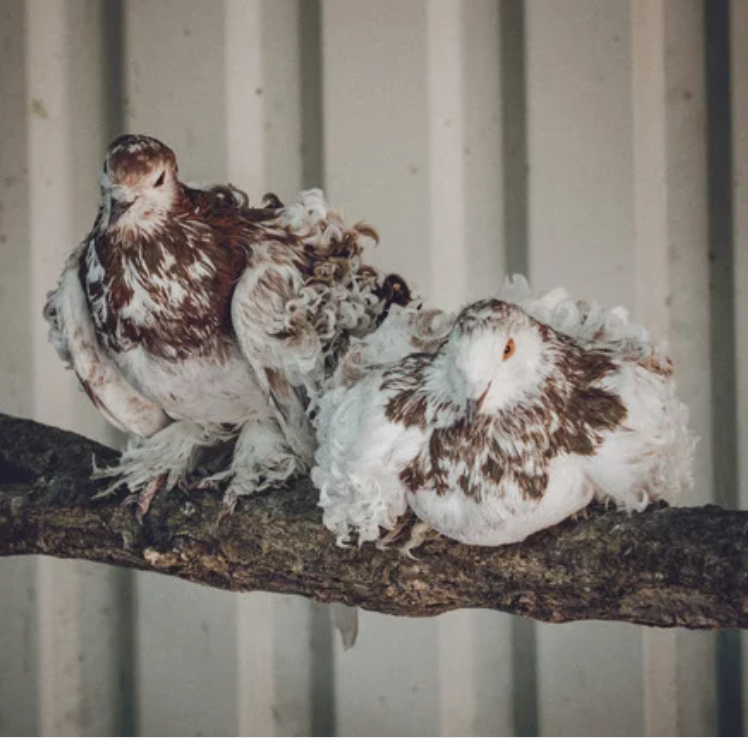
The breed is known for the frill or curls on the wing shield feathers.
The Frillback pigeon is a medium sized breed and is slightly larger than other pigeon breeds. These birds are very beautiful with longer tail and wing feathers.
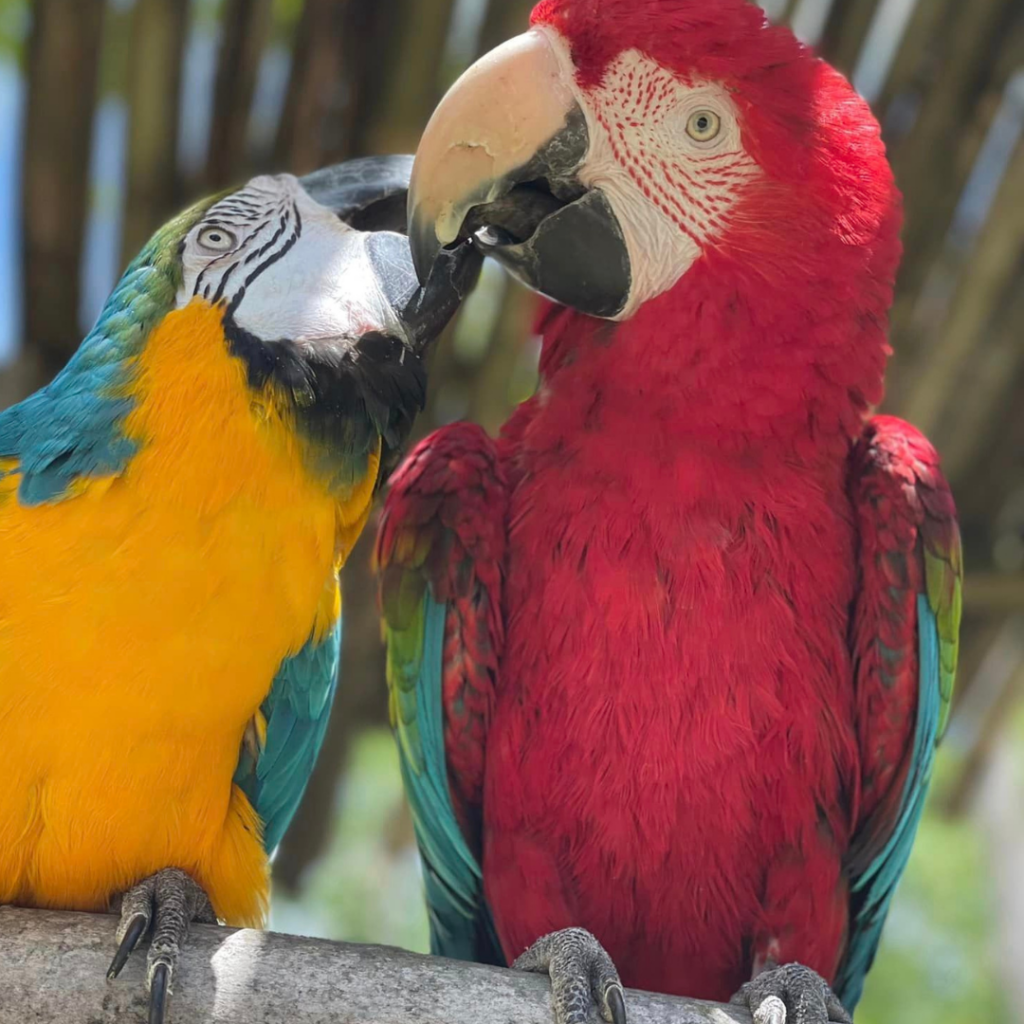
Ara chloropterus
Ara ararauna
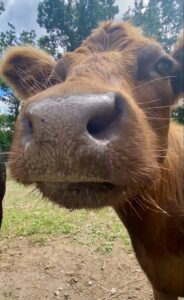
Bos taurus taurus
Magnolia & Oliver
Dexters are gentle and easy to handle. They are known for their even temperament.
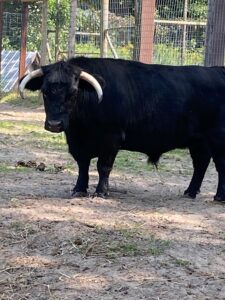
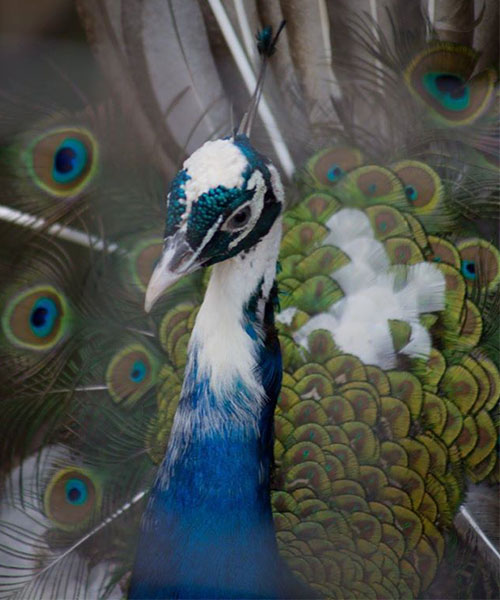
Pavo cristatus
Peacock, also known as peafowl, any of three species of regal birds in the Phasianidae pheasant family (order Galliformes).
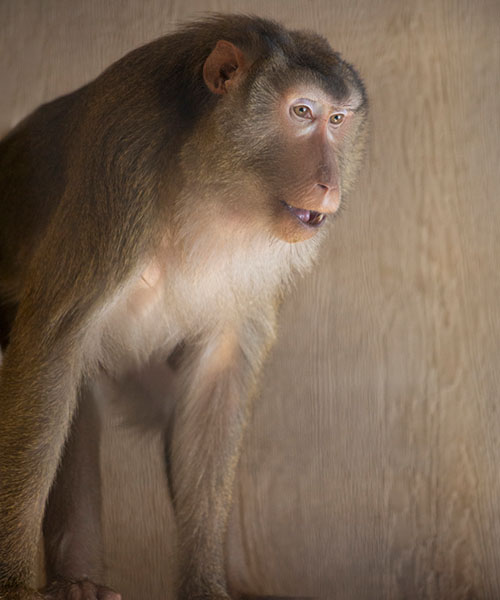
Macaca nemestrina
A medium-sized macaque that lives in Sundaland, southern Thailand, Malaysia, and Indonesia.
Pig-tailed macaques are highly frugivorous with 74% of their diet consisting of fruit, but they also consume a wide variety of foods including insects, seeds, young leaves and leaf stems.
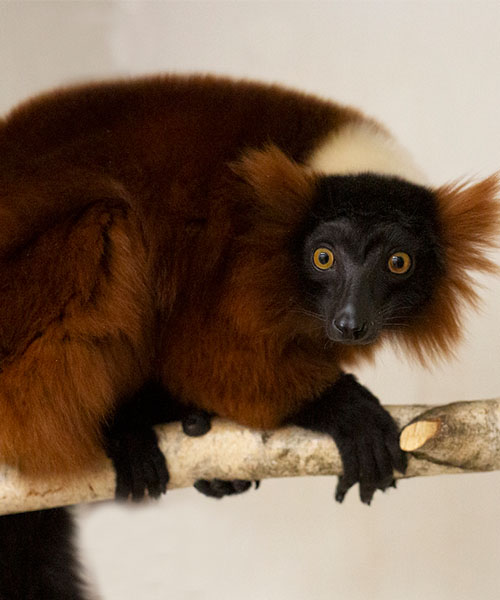
Varecia rubra
The word lemur comes from lemurs, which means ghosts or spirits. They live in the rainforests of Masoala in Madagascar. Red ruffed lemurs have a long claw on the second toe of their back leg to brush their fluffy coats.
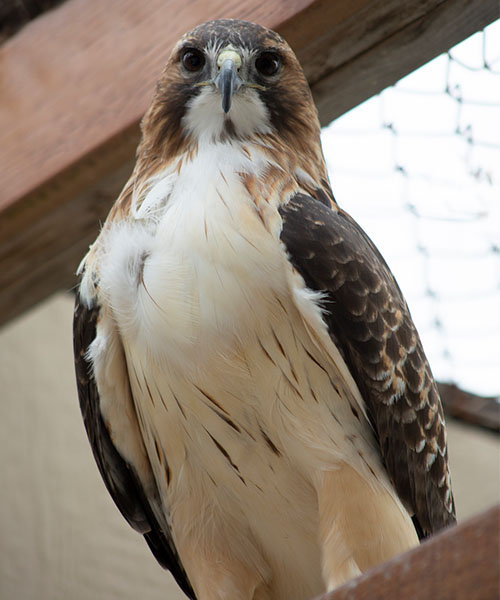
Buteo jamaicensis
Red-tailed hawks are common raptor species in North America. They are known for their outstanding hunting ability and are commonly used in falconry. Pairs remain together for years in the same territory.
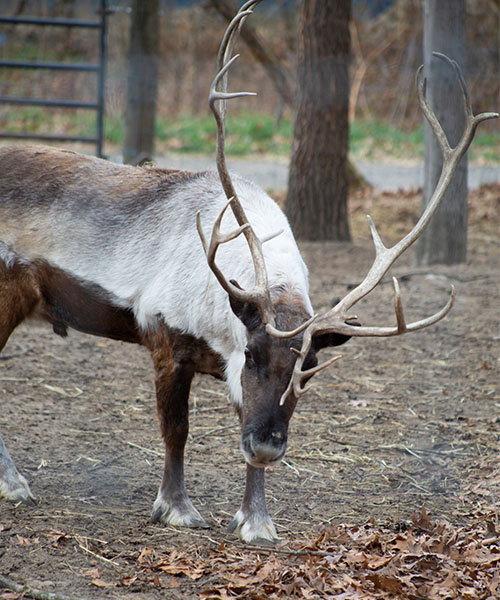
Rangifer tarandus
Reindeer, also known as the caribou in North America, is native to the Arctic and regions of northern Europe, Siberia, and Northern America. Some subspecies have knees that make a clicking noise when they walk so the animals can stay together in a blizzard.
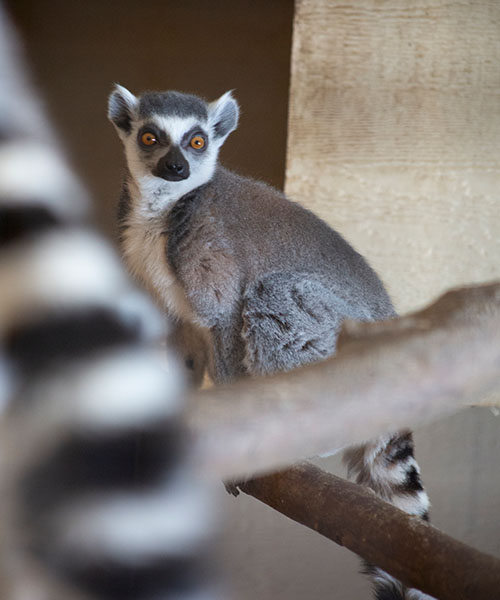
Lemur catta
The Ring-tailed lemur is a primate from the island of Madagascar. It is the most recognized lemur because of its long, black and white ringed tail. It is also female dominant, a trait common among lemurs.
Their lower teeth are slightly skewed forward, so they can use this as a comb. This ‘comb’ is used to groom each other and themselves and maintain social bonds. Additionally, they use a special nail, the second toe on their feet, to groom as well.
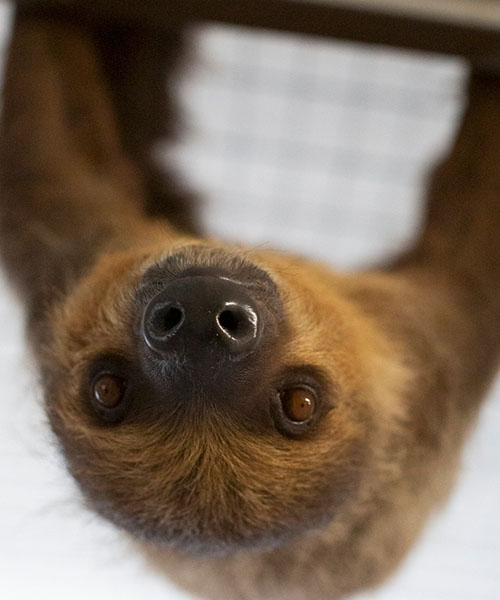
Choloepus hoffmani
Known for their slow speeds, sloths have a slow metabolism and sleep between 15-18 hours each day. They spend most of their lives hanging from branches in the rain forests, only coming down once a week to avoid predators.
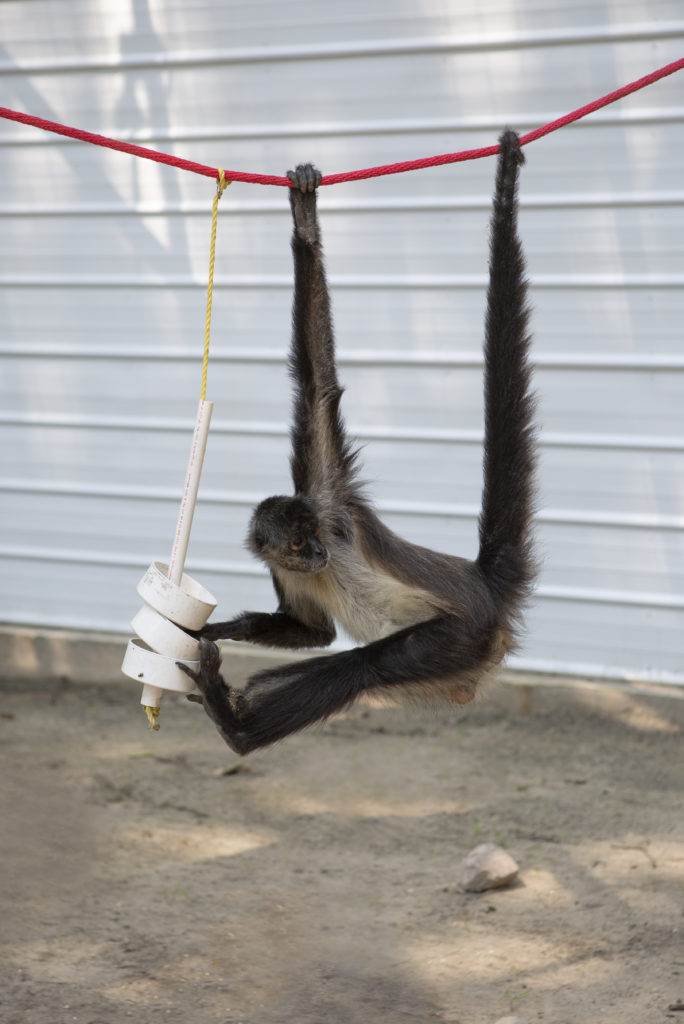
Ateles belzebuth
Also known as the white-fronted or long-haired spider monkey, they’re an endangered species of spider monkey. They are herbivorous, have a strong tail that they use as a limb, and are specialists at swinging!
Communication between spider monkeys is very complex. They employ a combination of vocal calls, facial expressions, and body postures to convey messages and emotions to one another.
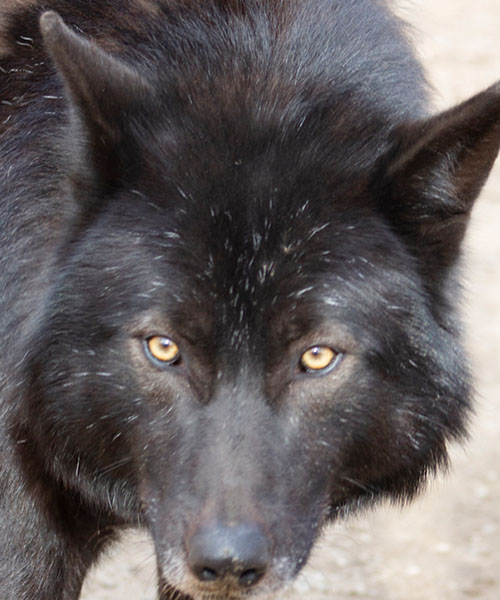
Canis lupus
Timber Wolves in the wild are usually found in packs of five to 12 animals. There is one alpha male and one alpha female in the pack.
The adult timberwolf can eat as much as twenty pounds of meat in a single sitting – allowing them to go without food for days and sometimes weeks, an ability to survive through feast and famine.
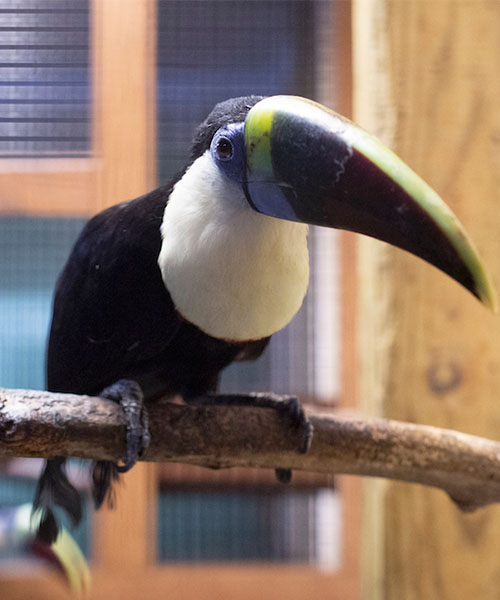
Ramphastos tucanus
Native to South America, more specifically to tropical rain forests. They are the second largest toucan in the world. They have a long, narrow tongue that is frayed at the tip which increases their sense of taste.
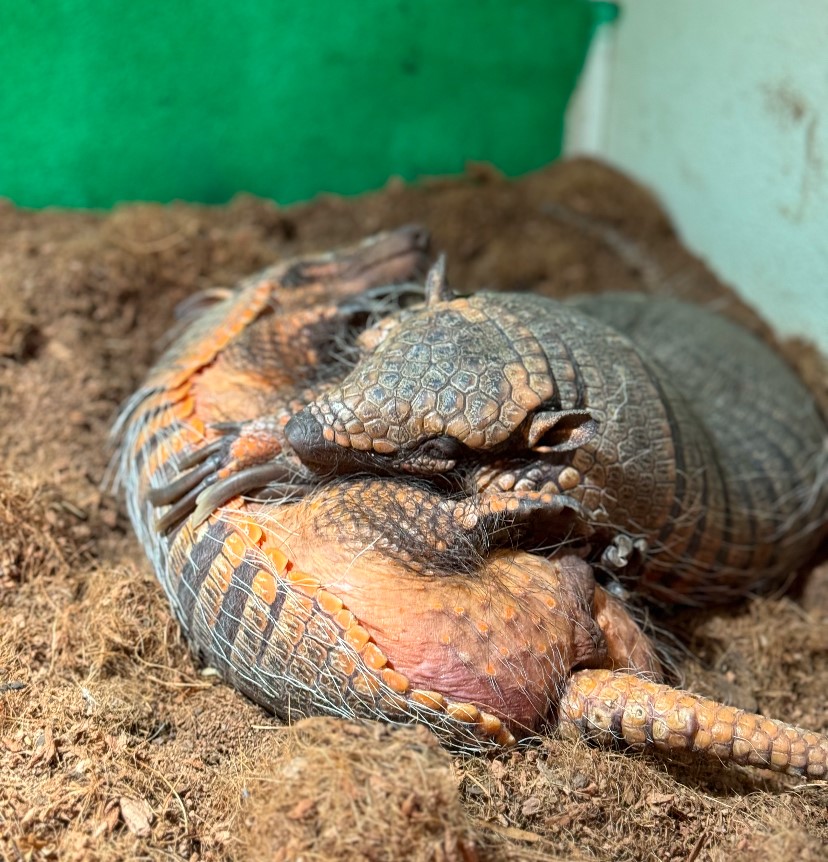
Euphractus sexcinctus
The six-banded armadillo is an omnivore. The majority of their diet is made up of plants such as fruit, leaves and roots. They will also eat insects and small invertebrates.
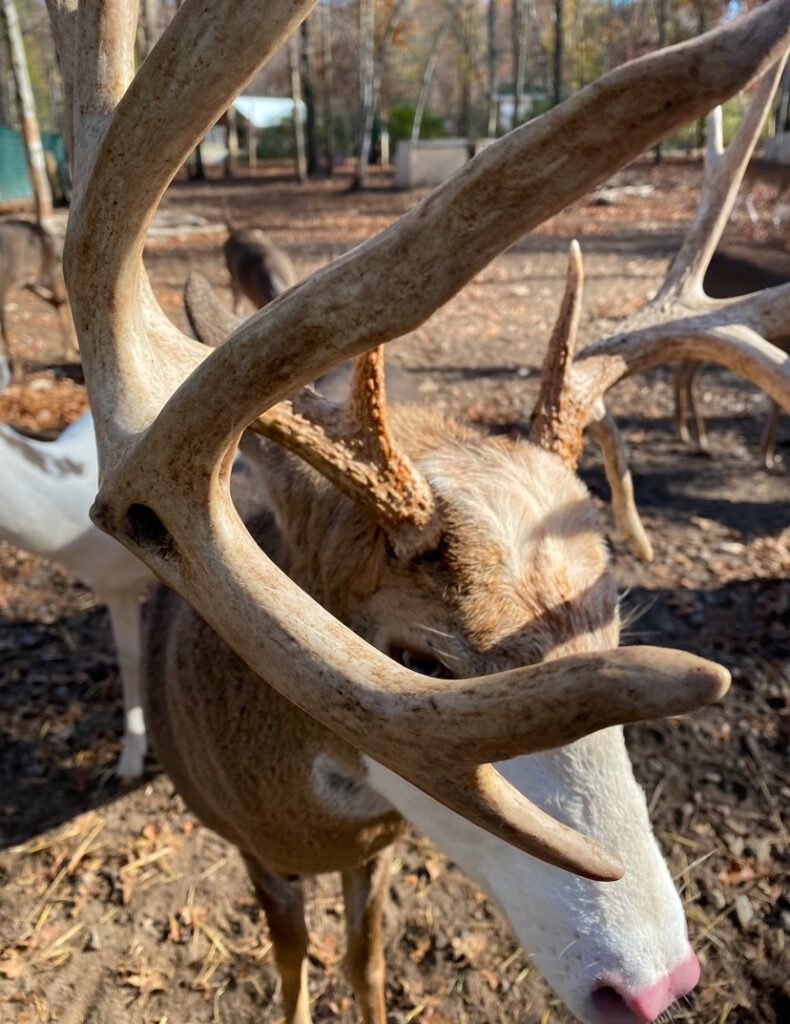
Odocoileus virginianus
White-Tailed deer are found from southern Canada to South America. “White-tailed” refers to the white underside of the deer’s tail, which it displays and wags when it senses danger.